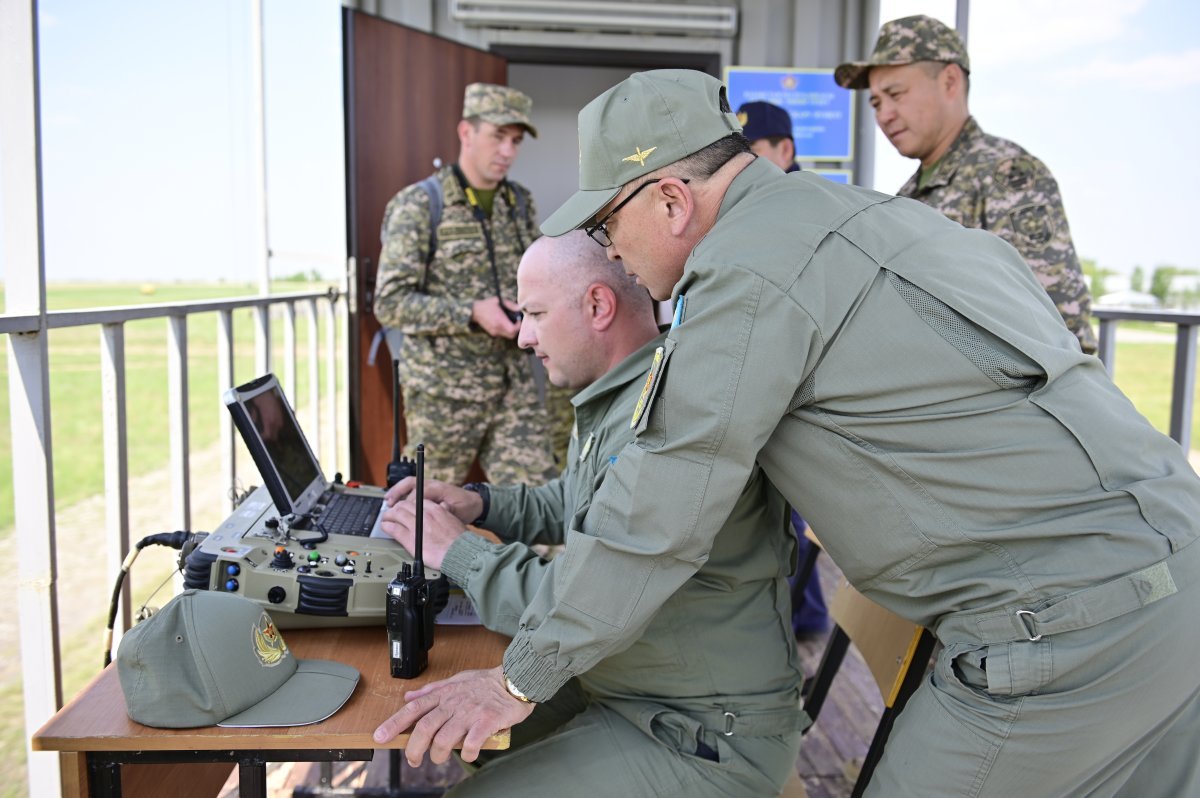It is the operators who lead the process of detecting, tracking, and engaging threatening objects.

The air defence systems face the task of protecting the administrative, political, industrial, and economic areas of the country, as well as important military and other facilities, from air strikes and unmanned aerial vehicles (UAV), while also engaging in aerial combat. The work of air defence missile system operators is of particular interest.
They are the ones responsible for the process of detecting, tracking, and engaging threatening objects. As it turns out, being an air defence missile system, operator is an entry-level position that can be filled by anyone serving in mandatory military service. Preference is given to individuals with secondary or higher education, preferably with a technical background. Military personnel undergo preliminary theoretical training, practical exercises on simulators, and further training on military equipment.
“Every day, the air defence combat crew takes up a 24-hour duty shift. The shift schedule is designed in a way that allows time for rest and meal breaks. The military personnel occupy their workstations with military equipment, where they have a manual tracking control wheel. Using an indicator device, the soldiers assess the airborne target, determine its coordinates and motion parameters. The quality and accuracy of target engagement depend on the operator's manual tracking skills”- describes Captain Asylkhan Rakishev, explaining the work of an operator.
We attempted to understand the characteristics by which military personnel identify objects that pose a potential threat. It has been revealed that the air defence brigade receives daily information about the flight schedules of all aircraft from the air traffic control authorities. The air defence personnel monitor the adherence to these schedules.
“If a target deviates from its assigned altitude or flight level, this information is promptly relayed to our military personnel. Commercial aviation flights usually operate at altitudes ranging from 10,000 to 13,000 meters. When an object undergoes a sudden decrease in altitude, the combat duty forces react accordingly” - explains our interviewee.
In addition to the constant security of airspace, air defence brigades also monitor trends in their field. According to Cpt. Asylkhan Rakishev, new methods and techniques of warfare are being employed in modern armed conflicts. Consequently, adjustments are made to the combat training programs for air defence forces. Modern devices that may pose a threat are constantly evolving in terms of their characteristics, dimensions, and speeds, which, in turn, requires air defence personnel to develop new tactical approaches.
For example, UAVs and kamikaze drones are widely used. Another modern trend is the extensive use of air-launched, ground-launched, and sea-launched cruise missiles- describes the serviceman.
However, it is worth noting that it is not always cost-effective to employ the full power of the air defence missile system against such aircraft. Modern compact devices are significantly cheaper than a single missile launch from the air defence system.
Currently, the air defence forces are equipped with the “Buk-M2E” air defence missile system. Modern radar stations, such as the GM-403 "Nur" and "Rosa-RB" have also been put into operation, allowing for comprehensive control of Kazakhstan's airspace.